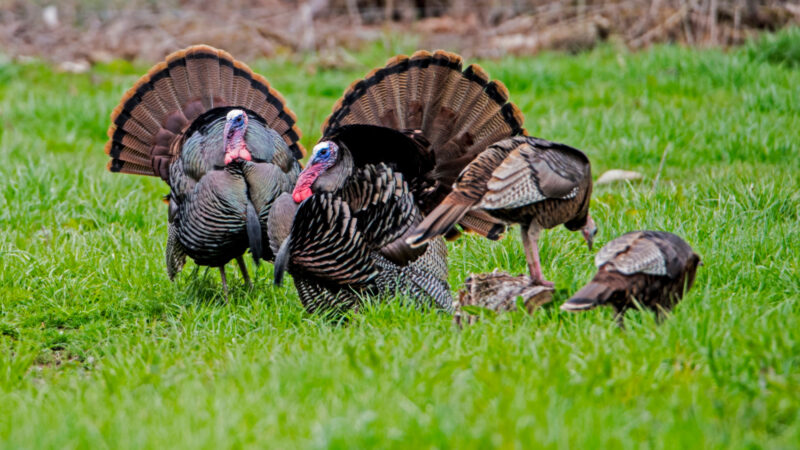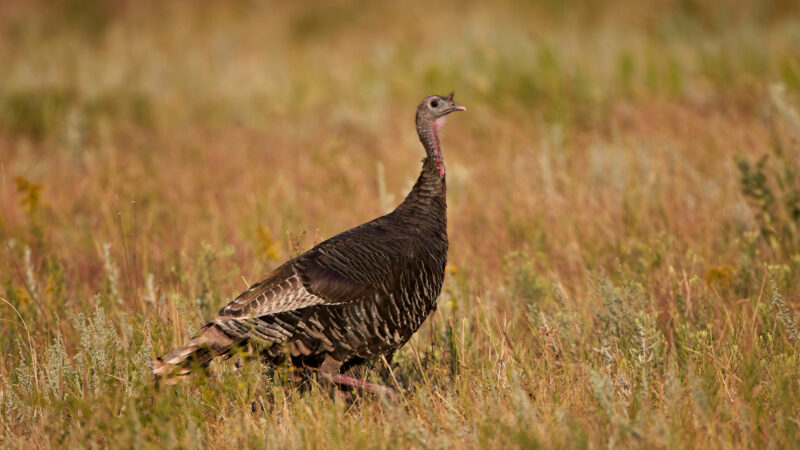The 4 Rules of Gun Safety: Here’s How to Apply the Most Important Firearms Principles
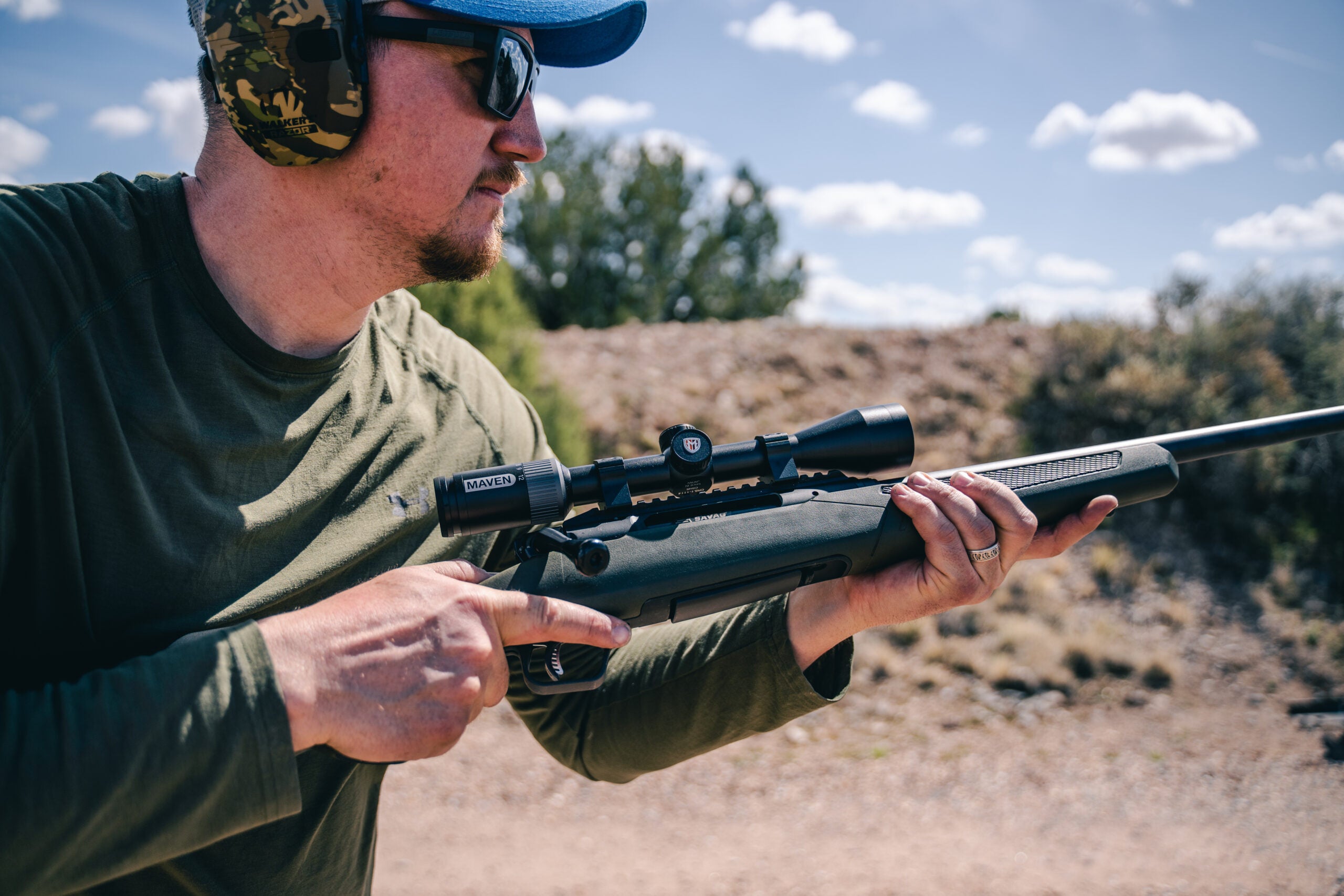
We may earn revenue from the products available on this page and participate in affiliate programs. Learn More ›
Every hunter and shooter should be intimately familiar with the 4 rules of gun safety. Here is the simple interpretation of those basic and critical rules:
- Always keep the firearm pointed in a safe direction
- Always keep your finger off the trigger until you are ready to shoot
- Always keep the firearm unloaded until you are ready to use it
- Always be sure of your target and what’s beyond
But different firearms instruction authorities have different versions of these rules. Plus, good firearms safety is about more than just memorizing the words, we need to understand what the rules really mean, what abiding by them prevents, and how to apply them in the real world.
Hunters, shooters, gun enthusiasts, and anyone else who might come in contact with a gun should know these rules. Millions of citizens use and enjoy firearms, but they are powerful tools that can injure or kill in the blink of an eye. I’ve hunted in many places with new and seasoned hunters, competed in many shooting matches, and fired thousands of rounds at Gunsite Academy (one of the places the 4 rules of gun safety were honed). If my experiences have reinforced anything, it’s that safe gun handling practices are of the utmost importance.
What Are Gun Safety Rules?
Gun safety rules are principles that have been developed to keep you from getting hurt. One tragedy is too many, yet people are injured and killed by negligent gun handling every year. If you have no experience with guns, it’s important that you learn these. It’s equally important for the seasoned sportsman to know, understand, and employ them. No one is exempt from the potential consequences of breaking these rules.
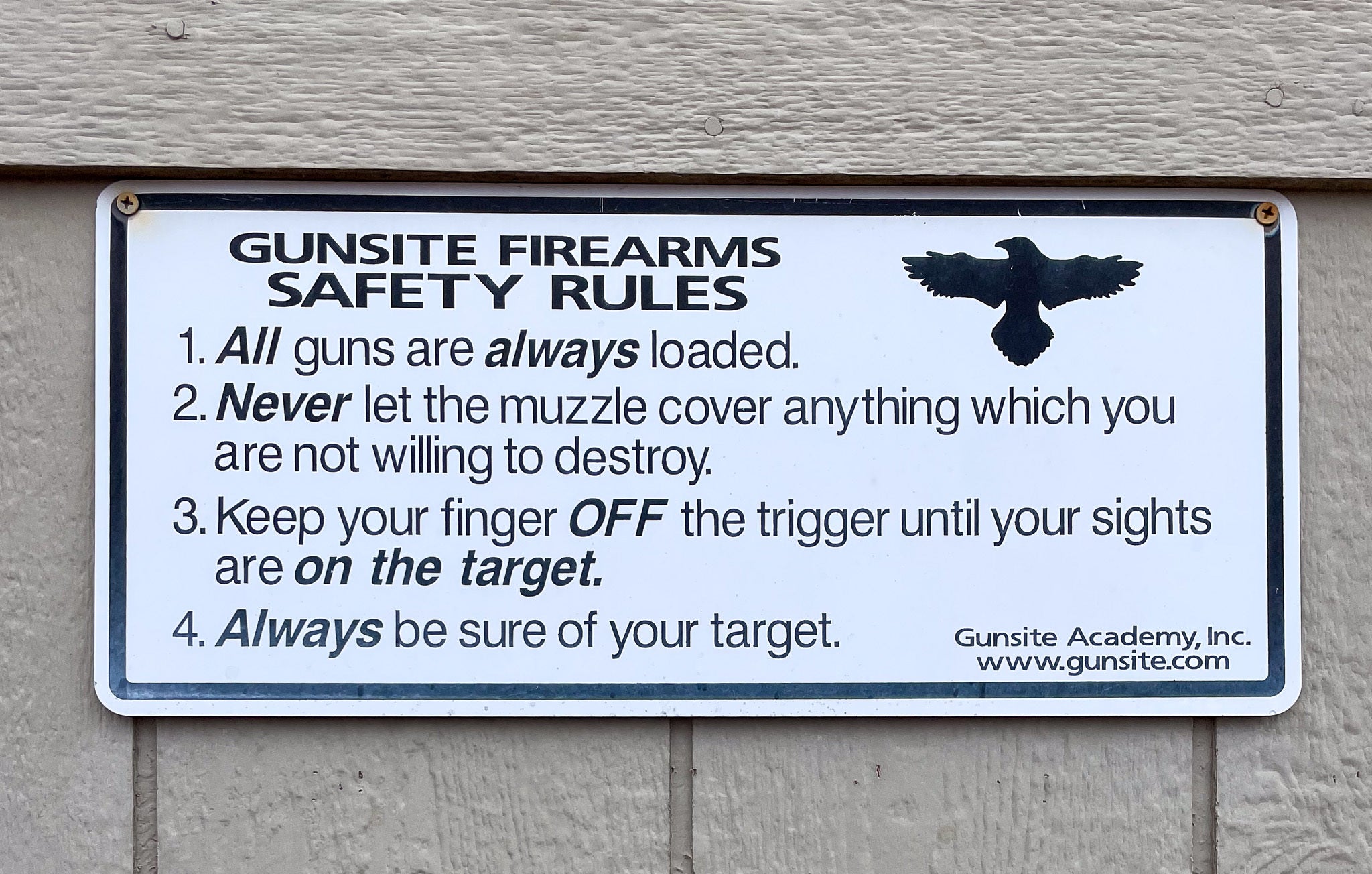
Gun safety rules are similar to rules on a construction site. To the seasoned old tradesman, some of them seem silly. When there’s work to be done, who hasn’t leaned a step ladder against the wall and climbed it, or neglected to tie off the bottom of their extension ladder for a quick task? The list of nitpicky rules goes on, but the fact is that the rules made to protect workers on a construction site were developed based on real accident data. To prevent negligent injuries, we have rules that curtail negligent or risky behavior.
Gun safety rules are all intended to address behaviors or acts that cause negligent injuries and deaths. The 4 rules of gun safety act as a multi-layered screen to filter out dangerous actions that can hurt you or those around you.
Which 4 Rules of Gun Safety are Correct?
If you’ve had any exposure to gun safety rules at all, you’ve likely noticed that there are dozens of variations to the 4 rules of gun safety. Gun clubs, shooting organizations, training facilities, and various media almost all evangelize 3 to 4 gun safety rules—sometimes more. Some organizations—like the NSSF—have rules published in a different order based on the size of their list. Some use starchy vernacular that sounds like it came from a retired drill sergeant, others are sometimes less specific. Generally speaking, most of these rules are intended to address the same things, but some are more clear than others. Here are a few examples:
Gunsite Academy’s 4 Gun Safety Rules
- All firearms are always loaded
- Never let the muzzle cover anything you are not willing to destroy
- Keep your finger off the trigger until your sights are on the target
- Always be sure of your target
National Shooting Sports Foundation’s Primary 4 Gun Safety Rules
- Always keep firearm pointed in a safe direction
- Treat all guns as though they are loaded
- Keep your finger off the trigger until you are ready to shoot
- Always be sure of your target and what’s beyond it
NRA’s first 4 Rules of Gun Safety
- Always keep the gun pointed in a safe direction
- Always keep your finger off the trigger until you’re ready to shoot
- Always keep the gun unloaded until ready to use it
- Know your target and what is beyond
They’re All Technically Correct
If you’re wondering which of the rules above are correct, it’s all of them. However, their clarity depends on the understanding and background of the person reading them. For example, Gunsite’s rule number one, “All firearms are always loaded,” obviously isn’t a universal truth. A gun is loaded when it’s loaded, and it’s not when it’s not. The rule isn’t intended to argue the objective truth of that statement, rather the attitude and manner in which we handle guns. If you hand even an inexperienced person a gun and tell them it’s loaded, they’ll treat it with great care and caution. Every gun should always be treated like that.
A common excuse for negligent behavior is: “well, it’s not loaded.” That’s unacceptable. Similarly, the second Gunsite rule uses sharper language to drive home the importance of keeping your muzzle pointed in a safe direction. Anything in front of the muzzle can be destroyed in the blink of an eye.
I believe that the NRA’s first 4 rules of gun safety are some of the most thorough and easily understood—even if they technically aren’t any different than many other sets of rules. The key is in the language used, and what we assume that a person reading the rules might or might not already know. The NRA’s published rules cover the same ground as some other rules, but in a way that anyone can understand.
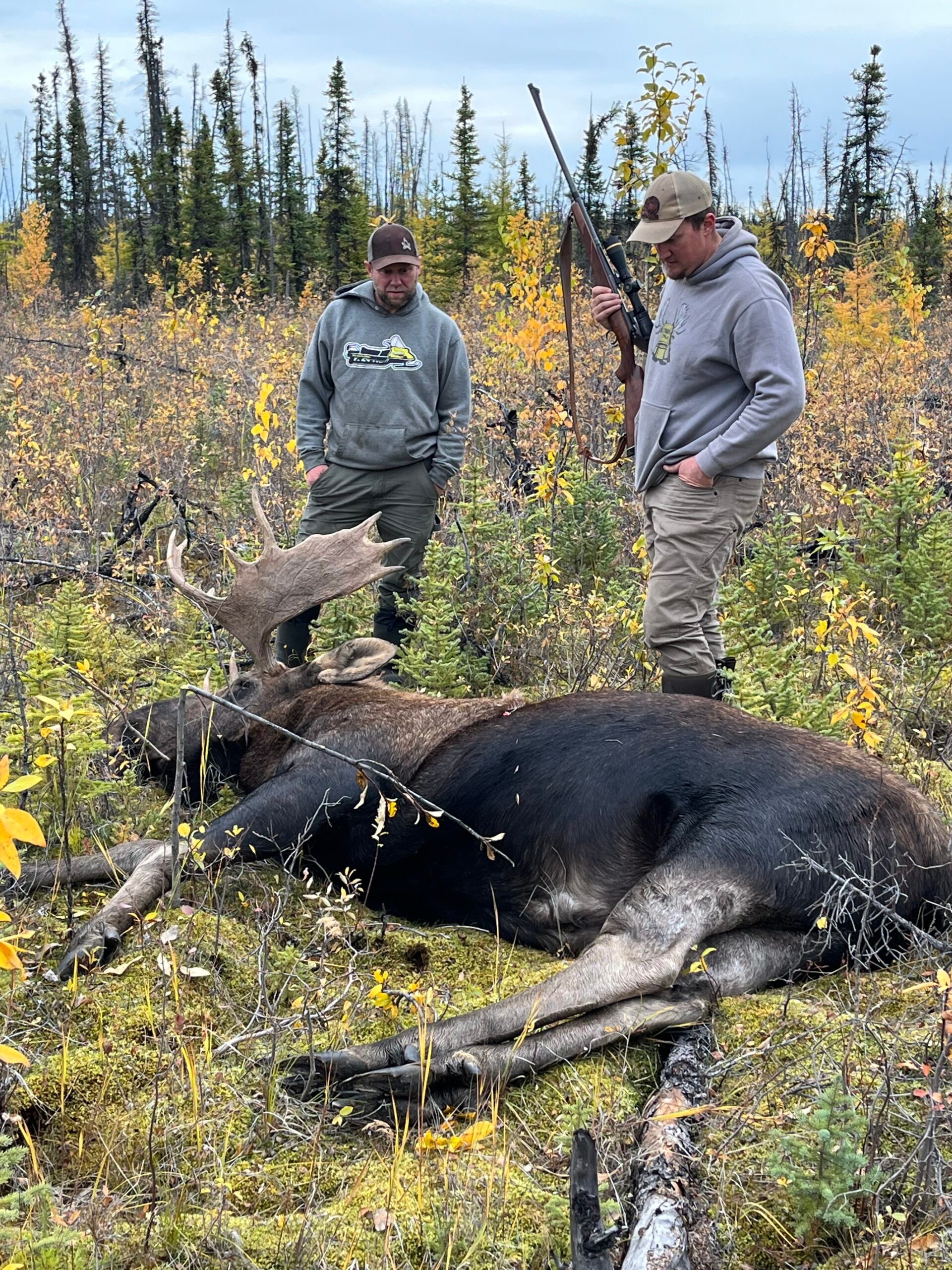
The Gun Safety Rule That Might Not Be Clear to Everyone
I’ve hinted that some gun safety rules aren’t as universally clear. I think that the most commonly misunderstood rule is “treat every gun as if it’s loaded,” or one of the many variations of that. This is a valid and good rule, but lots of people don’t know how to safely handle a loaded or unloaded gun. Simply telling a person to treat a gun as if it’s loaded is a valid emphasis of the importance of following the other rules for safe gun handling, but it doesn’t address any particular actions. An experienced gun user will know exactly what this rule is reminding them of, but just telling someone to treat a gun as if it’s loaded simply isn’t specific enough.
Breaking Down the 4 Rules of Gun Safety
Now that we’ve introduced the 4 rules of gun safety, here’s a closer look at what they mean, and how abiding by them prevents negligent behaviors and injuries. We’ll also examine how to apply them in the real world. .
Rule number 1: Always Keep the Gun Pointed in a Safe Direction
The cardinal rule of gun safety is to keep the muzzle of your firearm pointed away from any person, or in a direction that will not injure any person if it is fired. Different iterations of this rule say not to point your firearm at anything you don’t want to destroy. That’s valid, but the most important part is to keep it pointed in a direction where it reasonably cannot injure a person, including yourself. This applies to the direct line of the muzzle, absolutely, but it can mean other things too. A person shooting a muzzle brake on their rifle can severely injure another person if they are close to the side of their barrel—even if the muzzle isn’t pointing at them.
Within the past few months, I’ve been compelled to scold a fellow range user for negligently pointing a pistol at his buddy while examining it, and another shooter who was firing a short-barreled-rifle from a bench with the muzzle right next to his friend’s head. I also found myself looking down the muzzle of a single-shot shotgun that someone was examining behind the line and had shouldered.
I hope someone would say the same things to me, if I were to break this first rule of gun safety. Hurt feelings will recover, but bullets can’t be taken back. Keeping your muzzle pointed in a safe direction will ensure that even if you break every other rule, no one will get hurt.
Are there Exceptions?
Anyone who observes a variety of activities involving firearms might have questions about rule number one. It’s easy to notice that when carrying a holstered handgun, the gun is often pointed at your leg or foot, or even off to the side when in a chest holster. This is considered a safe condition when the gun is secured properly in a holster with the trigger being completely protected from accidental touch. In the same manner, a handgun or long gun is considered to be in a safe condition when secured properly in a case—it would be virtually impossible to keep either pointed away from any person at all times. When backpack hunting, my hunting partner and I adhere to a strict “no round in the chamber” policy because at some point, one of us is sure to walk in front of the other’s muzzle while the rifle is strapped into the pack or set on the ground. It doesn’t excuse any improper handling.
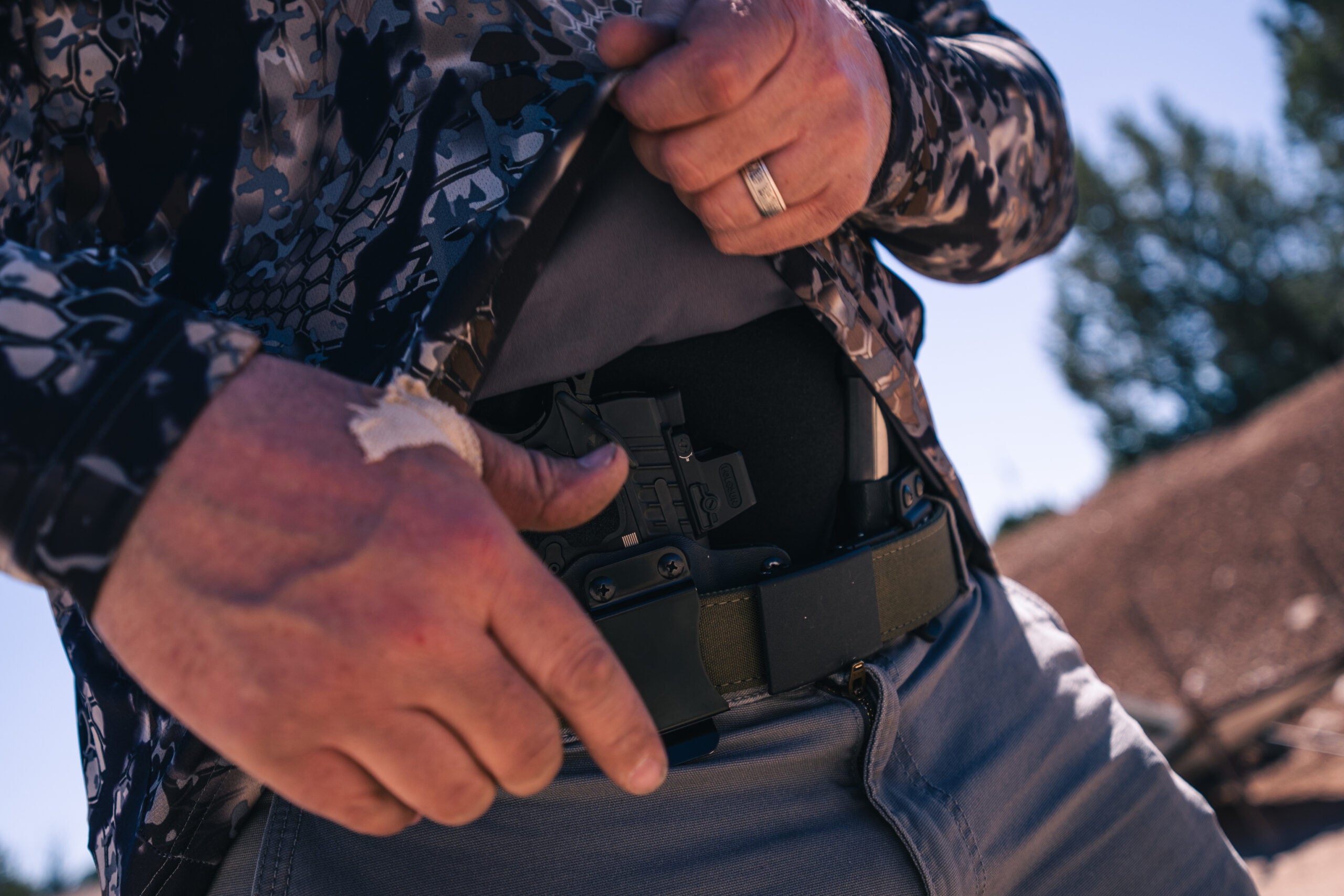
Though there are caveats to this rule of gun safety, they aren’t exceptions. Your experience level does not validate the breaking of this rule. One famous social media personality once published a video in which he flagged (allowed his muzzle to point at) a number of other individuals. Rather than admit his mistake when called out, he doubled down, saying that special operations troops regularly do that. According to a buddy of mine who is a decade-long green beret, that’s a good way to rapidly transition to a culinary military career. It’s not acceptable.
Rule 2: Always Keep Your Finger Off the Trigger Until You Are Ready to Shoot
A key rule of gun safety that you’ll see in virtually every top four, is to keep your finger off the trigger until you’re ready to shoot. This one is pretty straightforward, and addresses the biggest cause of negligent discharges—shots that are fired unintentionally. Properly functioning guns don’t simply “go off,” they fire when the trigger is pulled. Therefore, you should only place your finger within the trigger guard when you are aiming and ready to fire.
What Does “Ready to Fire” Mean?
I appreciate the precision of Gunsite’s rule number 3: “Keep your finger off the trigger until your sights are on the target.” The slightly more vague “ready to shoot” could be misconstrued depending on the context of your shooting activity. A bird hunter must be “ready to shoot” at a flushing bird that could burst from a thicket at any moment, but they shouldn’t have their finger on the trigger. The different variations of this gun safety rule simply mean that you shouldn’t touch the trigger until you are on target and truly ready to begin pulling the trigger.
It’s Not Just About Fingers
Every person must be intentional about keeping their finger off the trigger until ready to shoot, but the rule also applies to any object that might touch the trigger. It’s your job to keep everything away from the trigger until you’re ready to shoot. This could be sticks or branches in the woods, it could be clothing, or it could be a well-worn holster with edges that could catch the trigger while the gun is being holstered.
There are some styles of holsters that are highly critiqued because the mechanism used to retain the pistol is deactivated with the trigger finger. In some cases, this results in the shooter’s finger hitting the trigger when drawing the gun. According to the watchful cadre at Gunsite Academy, many self-inflicted injuries occur when re-holstering quickly. A shooter’s trigger finger might be outside the trigger guard, but the edge of the holster can cause the finger to hit the trigger. They urge shooters to re-holster carefully and reluctantly.
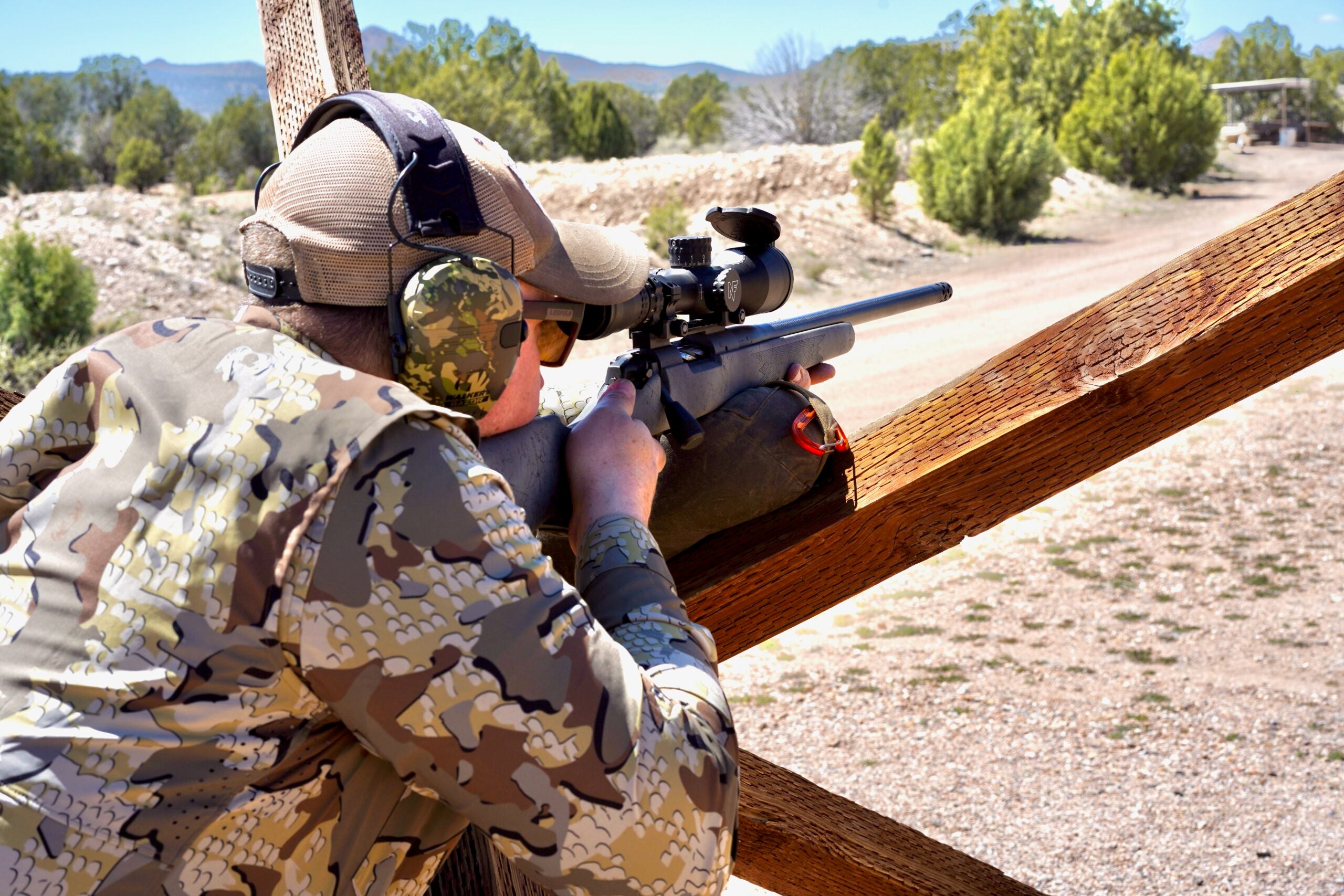
Rule 3: Always Keep the Gun Unloaded Until You Are Ready to Use It
Many, if not most, negligent discharges occur at a time when there is no legitimate reason for the gun to be loaded. Generally speaking, “loaded” means having a round in the chamber. It’s up to you and your activity to determine when you need the firearm to be ready to use, but a gun cannot fire if there is no round in the chamber—or cocked with a loaded magazine for you open-bolt, NFA wise guys.
A Foregone Rule?
This rule is unfortunately omitted from quite a few gun safety rules lists. Despite the nuance of practical application, it’s a mandate that everyone should heed. On the range, your gun should be unloaded until you’re on the line and ready to shoot. In action pistol competition, shooters might have a pistol and loaded magazines all over their belts, but each competitor is only allowed to load their gun immediately before beginning a stage, and must clear it in front of a range officer afterwards. Because someone carrying a concealed firearm realistically needs to have the gun “ready to use,” it’s common and considered safe to carry with a round chambered while using a proper holster to secure the gun.
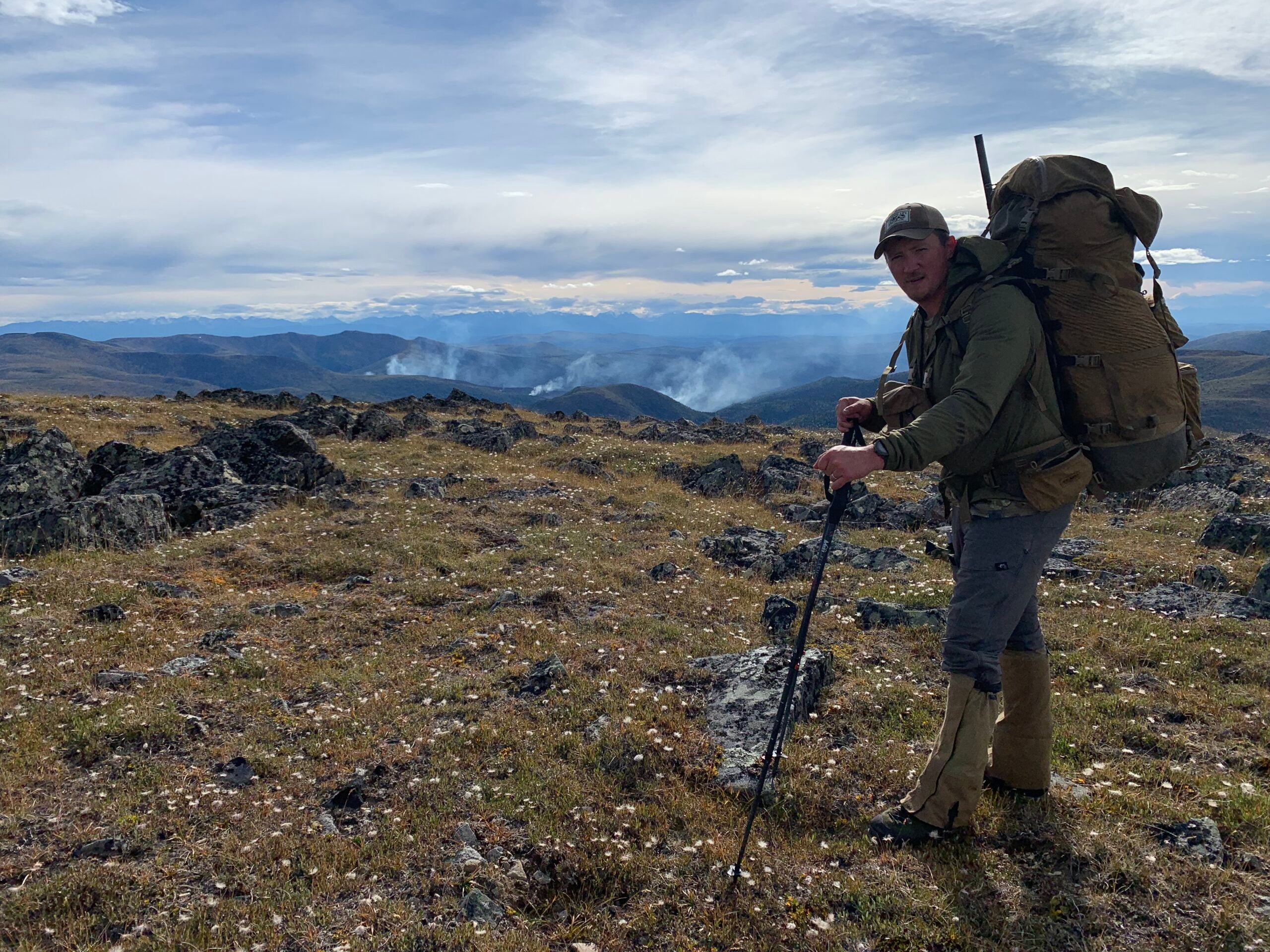
Some hunters have a habit of chambering a round as soon as they step out of their vehicle. It’s one thing to have a round chambered if you’re still hunting, tracking, or otherwise actively hunting, but if you’re walking to your treestand in the dark, there’s no reason to chamber a round. In much of the hunting I do in Alaska, there’s no reason to have a round in the chamber until moments or seconds before it’s time to shoot. When hunting whitetails in Kentucky last fall, there was no reason to have my muzzleloader capped until I was in my treestand. Need to climb a fence, hop a creek, walk in slippery conditions that might cause you to fall or otherwise point your gun in an unsafe direction? It should be unloaded.
Back in 2015, there was a terrible accident in Wisconsin that I remember because the hunter was from Alaska. He was handing a loaded rifle up to his hunting partner in a tree stand and when she was fumbling with the rifle she shot him dead. There was no reason to have the gun loaded at that time.
Rule 4: Know Your Target and What is Beyond
This gun safety rule is important for everyone, but especially for hunters or shooters who aren’t on a controlled range. Many hunters have been injured and killed because another hunter either didn’t verify that they were actually shooting at a game animal, or their shot was taken in an unsafe direction because they didn’t know someone else was beyond the animal. You must not only consider what you’re shooting at, but the potential path your bullet may take beyond it.
A rifle bullet can travel for miles if undeflected, especially when shooting uphill over a ridge. This is why one should only take shots that provide a backstop of some sort, and not at skylined animals. On the range, you should shoot only at targets that won’t cause ricochets in unsafe directions, or otherwise unsafe conditions. For example, steel targets have boomed in popularity, and they are great when used with normal ammunition at appropriate distances. But when used with steel-core ammo like 5.56mm M855 Green Tip, dangerous ricochets can occur.
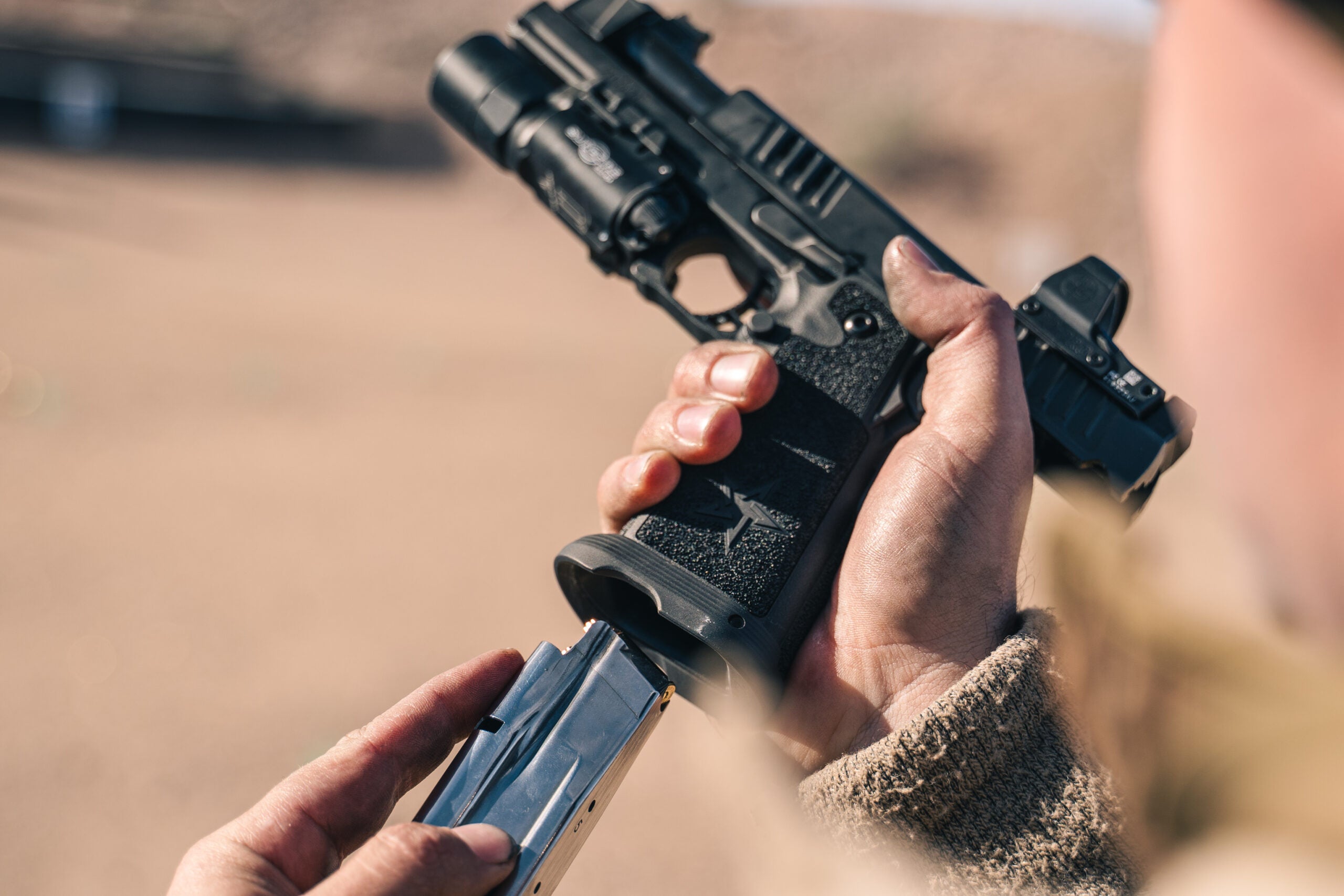
Gun Safety Rules: There are More Than Four
We harp on the 4 rules of gun safety, but truth-be-told, there’s a hell of a lot more than 4. They aren’t the only rules, but they are the big ones. If you follow them, you’re going to avoid all of the common mistakes that lead to negligent discharges and/or injuries. Still, owning and using guns bears a lot of responsibility, and there’s a lot more depth to safe firearm practices than just the first 4 rules. Here are examples of other important gun safety rules:
- Know how to use the gun safely
- Store guns safely and where children and unauthorized persons can’t access them
- Be sure the gun is safe to operate
- Use only the correct ammunition for the gun
- Wear eye and ear protection
- Be aware of your surroundings and conditions that might cause you to fall
- Keep the barrel free of obstructions
- Don’t rely on the safety to keep a gun from firing
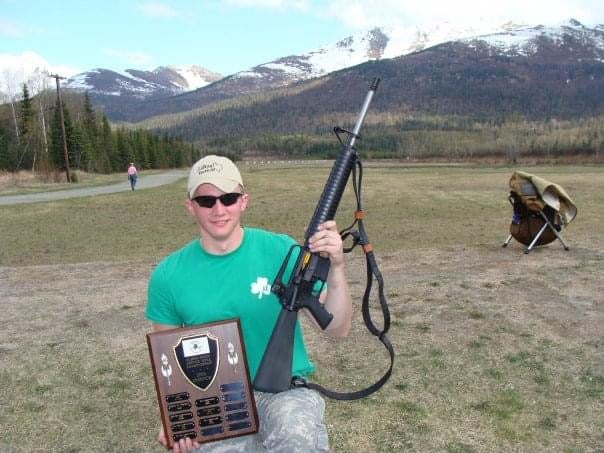
The Safety: Something That’s Not Included in the 4 Rules of Gun Safety
Many hunter safety and firearm education classes make a point of emphasizing the use of a gun’s mechanical safety. Although the safety certainly adds a layer of protection, the only time you’ll usually see it mentioned in a gun safety rule, is when you’re told not to depend on it.
When employed properly, a gun’s mechanical safety can prevent a negligent discharge, injury, or death, but only when most or all of the 4 rules of gun safety have been broken. Having the safety “ON” doesn’t excuse you from the rules, but too often people act like it does. Like saying “don’t worry, it’s unloaded,” a common excuse for abhorrent firearms safety behavior is “it’s OK, it’s on safe.” Too many folks use it as a feel-good excuse to have their rifle loaded when it shouldn’t be, or to be anything less than strident in their muzzle discipline.
Read Next: Best Concealed Carry Guns
If you must have a round in the chamber while you’re still hunting in the woods, or to keep your rifle or shotgun at the ready in the blind, use your safety. But never depend on it to keep your gun from firing. You should never do something with a round chambered and your safety “on” that you couldn’t safely do with your safety “off.”
FAQ
Who invented the 4 rules of gun safety?
Colonel Jeff Cooper, founder of Gunsite Academy is credited with being one of the first to preach 4 primary rules of gun safety, though the rules weren’t invented by any single person.
What is the number one rule of gun safety?
Often, “Treat every gun as if it’s loaded” is stated as the number one rule of gun safety. The most important meaning of that statement is to keep a gun pointed in a safe direction at all times.
READ NEXT: You Just Purchased a Handgun for Personal Defense, Now What?
Final Thoughts
It only takes one mishap, one instant, for tragedy to occur, so the importance of understanding and practicing the 4 rules of gun safety can’t be overstated. They can mean the difference between a lifetime of enjoying hunting and shooting sports and unfathomable devastation. Though the language of these rules varies a bit, choose one version that helps you and others understand them clearly. Adhering to them will help ensure that you and others stay safe.
The post The 4 Rules of Gun Safety: Here’s How to Apply the Most Important Firearms Principles appeared first on Outdoor Life.
Articles may contain affiliate links which enable us to share in the revenue of any purchases made.
Source: https://www.outdoorlife.com/guns/4-rules-of-gun-safety/





